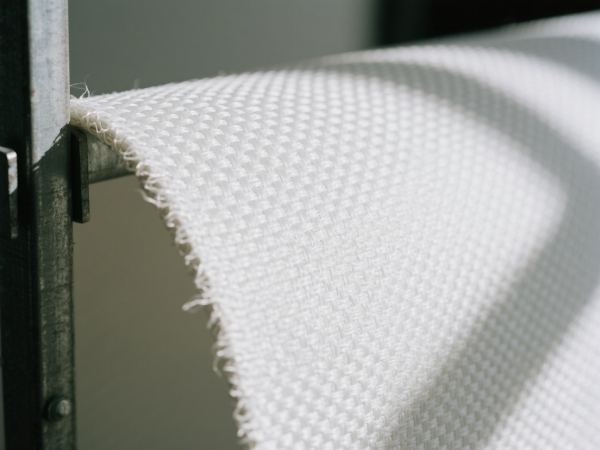Today, materials must be strong, durable, and versatile. That’s why fiberglass reinforcement has become a game-changer across multiple industries. Also known as glass fiber reinforcement or GFRP (Glass Fiber Reinforced Polymer), this composite material offers a combination of high strength and low weight that traditional reinforcements like steel simply can’t match.
If you're considering switching to fiberglass for your next project, or just curious about what makes it so effective, this guide is for you. Let's break it down step by step.

Fiberglass reinforcement is a composite material made by embedding fine glass fibers into a resin matrix, usually epoxy, polyester, or vinyl ester. These fibers are bundled together to form mats, fabrics, or rods, which are then used to strengthen various structures and components.
Unlike traditional reinforcements such as steel, fiberglass does not corrode, is significantly lighter, and offers excellent flexibility in shape and application. That’s why GFRP is commonly used in environments where durability, moisture resistance, and weight reduction are critical.
Why are more engineers and builders turning to fiberglass reinforcement? Here are the top benefits:
Lightweight but Strong
Fiberglass has an impressive strength-to-weight ratio, making it easier to transport and install without compromising on structural performance.
Corrosion Resistance
Unlike steel, fiberglass won’t rust or degrade when exposed to moisture, chemicals, or salt—making it ideal for marine, chemical, and coastal applications.
Non-Conductive and Fire Resistant
It provides excellent electrical insulation and performs well under high temperatures, adding a layer of safety to critical infrastructure.
Low Maintenance and Long Service Life
Because it resists wear and environmental damage, fiberglass-reinforced structures often last much longer with minimal upkeep.
Design Flexibility
It can be molded into a variety of shapes and sizes, from thin sheets to structural beams, making it suitable for everything from pipes to bridges.
There’s no one-size-fits-all when it comes to fiberglass. Here are some of the most common types:
Fiberglass Roving: Continuous strands used in pultrusion and winding applications.
Chopped Strand Mat (CSM): Randomly arranged short fibers bonded with a resin-compatible binder.
Woven Roving: Cross-woven bundles of glass fiber, providing strength in multiple directions.
Fiberglass Rebars: Solid rods used to replace steel in concrete reinforcement.
Fiberglass Mesh: A flexible, grid-like material often used in wall reinforcement or waterproofing systems.
Each type is designed for specific structural or surface needs, depending on the project's mechanical and environmental requirements.
Fiberglass reinforcement has made its way into a wide range of industries thanks to its adaptability and performance. Common applications include:
Civil Engineering: Bridges, tunnels, and concrete structures exposed to moisture or corrosive elements.
Construction: Wall panels, insulation systems, and façade reinforcement.
Automotive and Aerospace: Lightweight body parts, panels, and interior structures.
Marine: Boat hulls, decks, and port structures where corrosion resistance is critical.
Electrical and Industrial: Cable trays, insulating ladders, and enclosures.
No matter the industry, fiberglass reinforcement delivers consistent value where durability and efficiency are priorities.
Choosing the right fiberglass product depends on a few key factors:
Project Environment: Will the structure be exposed to chemicals, saltwater, or high humidity? Go for corrosion-resistant GFRP types.
Load Requirements: For heavy-duty use, opt for high-tensile strength options like fiberglass rebars or woven roving.
Installation Needs: If flexibility and speed are important, lightweight mesh or CSM might be the better choice.
Cost vs. Lifespan: While some fiberglass types may cost more upfront, they often pay off over time with lower maintenance.
If you're unsure, consult with a fiberglass reinforcement specialist or supplier to match the material with your specific use case.
Whether you're building bridges, reinforcing buildings, or upgrading industrial systems, fiberglass reinforcement offers a smart, sustainable alternative to traditional materials. With its balance of strength, durability, and design flexibility, it’s easy to see why it's gaining global momentum.
Want to stay ahead in modern construction? It might be time to reinforce your projects the fiberglass way. Feel free to contact Weitong!